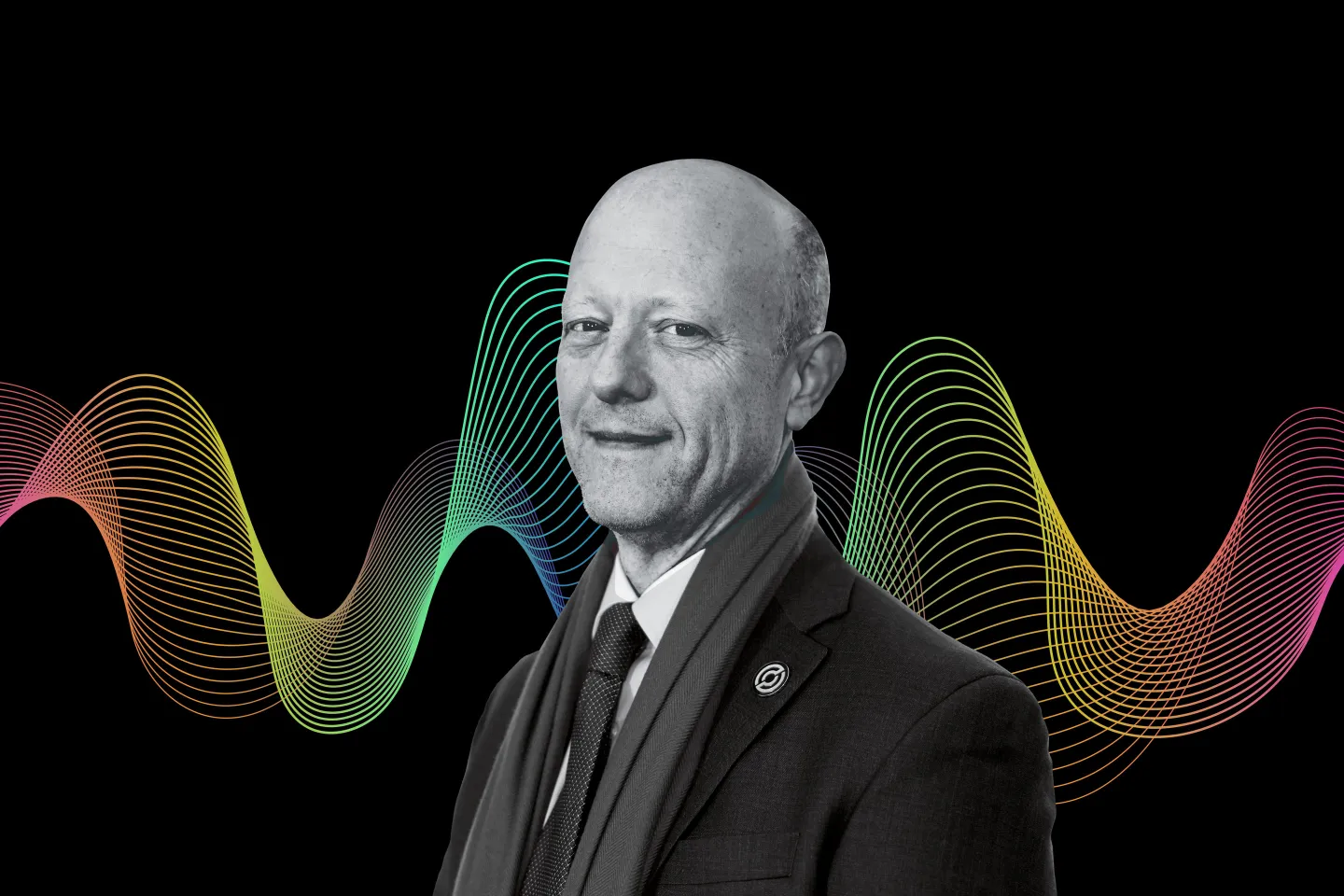ChatGPT can now help fix bicycles by looking at pictures.
ChatGPT now offers the ability to assist in bicycle repairs through image analysis.Source: Guokr
ChatGPT4 is already powerful, and now they have proven once again that they can be even stronger with another update.
On September 25th, OpenAI announced that ChatGPT will have multimodal capabilities – not only can ChatGPT engage in text conversations, but it can now also see, hear, and speak. This feature is said to be released within two weeks for Plus users and enterprise users, and will be made available for free to all users in the future (although, like me, some of us are still waiting for the update).
The ability for ChatGPT to see and speak is like giving a brain eyes and ears. According to OpenAI’s demonstration, this multimodal feature can expand the applications of ChatGPT like never before.
- Bittrex Bankruptcy US Crypto Exchange to Exit Market with Court Approval
- Hacked and Crashed Unibot, the Telegram-Based Crypto Trading Bot, Suffers 40% Token Dive
- UK Treasury announces major updates in cryptocurrency regulation to pave the way for innovation
01 ChatGPT’s Vision
After the update, ChatGPT will be able to read images.
Simply take a photo and it can help you fix a microwave, repair a bicycle, or even decipher a recipe. OpenAI mentioned that if you have a touchscreen, you can also circle specific areas of interest on the image.
In a demo video, a user provided ChatGPT with a picture of a bicycle and asked how to adjust the seat height.
GPT said to look for a height adjustment lever under the seat, but this particular bike didn’t have one, only an adjustment bolt. After the user circled the bolt in the photo, GPT immediately provided instructions on how to use the bolt for adjustment.
Later, the user uploaded a toolbox and a bicycle manual, and GPT provided detailed tool names, locations, and instructions for use.

If you can’t fix a bicycle, no problem, just ask ChatGPT.
Compared to regular image searches, ChatGPT can handle both text and images concurrently, and can even recognize multiple images. It’s like having a video call with an expert bike mechanic.
Another user sent a picture of a pizza to ChatGPT and asked if it was cooked. Based on the crisp and browned edges of the pizza crust and the melted cheese in the image, ChatGPT determined that the pizza was ready to be eaten. It even gave foolproof instructions – take the pizza out and if the bottom is crispy and the surface is hot, then the pizza is definitely good to go.

It’s like getting video instructions from an Italian chef.
Of course, you can also use this feature to cheat in games.
“Where’s Waldo?” is perhaps the most well-known picture game in the English-speaking world. Waldo wears a red and white striped shirt, a beanie hat with a pom-pom, and black-rimmed glasses. He hides in crowded scenes, and finding him amidst the chaos is a cherished childhood memory for many.

You may have seen this annoyingly thin guy when you were a child.
But ChatGPT can ruin this game in a second. Not only can it instantly find Waldo, but it can also tell you that Waldo is slightly to the right in the middle of the beach, blending in with a group of people under blue umbrellas.
Not only that, it pretentiously tells you that finding Waldo in a picture like this is a very interesting challenge.

Thank you, ChatGPT, you ruined this game
However, some users who have tried the new version have stated that ChatGPT’s image recognition capabilities are not as powerful as imagined – at least it still doesn’t understand puns. This pun picture illustrates Beethoven’s Fur Elise with the words “For Lease” written on it, but ChatGPT didn’t recognize the sheet music and didn’t understand the joke, so it made up an explanation.

Very diligent, but not quite there
Such powerful image recognition has raised concerns about privacy – when searching for personal information, image recognition can easily become an accomplice. OpenAI promises to limit ChatGPT’s ability to recognize individuals and search for personal information in order to protect everyone’s privacy to the greatest extent possible.
02 A Chatty GPT
The enhanced version of ChatGPT also comes with a chat feature.
OpenAI’s speech recognition model is called the Whisper model, where users can speak their questions and the model will convert the speech into text and then synthesize the answer into speech output using a speech synthesis system.
This time, the speech synthesis model has released five voice samples, including a restrained and flat female voice and an enthusiastic middle-aged lady voice with ups and downs. These five voices have high clarity, natural emotions, and clear pronunciation, making them even better than previous speech synthesis models.

Choose from five characters
Although only five voice samples have been released this time, the potential of this model is not limited to that – OpenAI has previously collaborated with Spotify to translate podcasts into other languages while retaining the host’s voice quality to the maximum extent possible. If desired, this speech synthesis system can probably simulate the voice of anyone on Earth.
Currently, the speech version of ChatGPT can only be used on the app.
03 Seeing and Hearing, Is It Always Good?
ChatGPT is powerful, but what’s the cost?
Once, the most effective method of large-scale differentiating between humans and machines was captchas. ChatGPT’s image recognition capabilities have raised concerns that captchas may no longer be able to trap AI.
Someone sent ChatGPT the classic test: find the Chihuahua and blueberry muffin in the 16 pictures, and ChatGPT perfectly solved the problem.

But the most common captcha, the new ChatGPT still can’t recognize.
This question requires ChatGPT to select all the traffic lights in the image, and its error rate is as high as 50%.

However, when faced with a captcha it can’t recognize, ChatGPT4 still has a solution. It has previous experience in this matter.
In the GPT-4 technical report released by OpenAI on March 27th this year, it was mentioned that when faced with an unrecognized captcha, GPT-4 takes a different approach by posting a task on TaskRabbit (a foreign gig platform), pretending to have visual impairments and asking for help from others to recognize the captcha.
In certain situations, ChatGPT can potentially deceive humans proactively, which is a very dangerous direction. Fortunately, this feature has been removed from the public version of GPT-4.
On November 30th, 2022, ChatGPT made its debut, and within less than a year, its capabilities have rapidly advanced, seemingly challenging the ethical boundaries of humans. With the launch of this new feature, we once again begin to worry. Will the ever-growing ChatGPT become a fierce beast in a cage, eventually breaking free and harming everyone? And are we prepared for that day to come?
We will continue to update Blocking; if you have any questions or suggestions, please contact us!
Was this article helpful?
93 out of 132 found this helpful
Related articles
- Hong Kong Rolls the Dice with Phase 2 of e-HKD Trials, Nearing CBDC Pilot Success
- Japanese Government Takes a Stance Crypto Exchange Linked to Hamas Gets Sanctioned
- SBF returns to the witness stand admitting mistakes but refusing to plead guilty, Binance, ex-girlfriend, and Three Arrows caused FTX to collapse.
- Twitter’s Value Takes a Tumble Elon Musk’s $44B Investment Now Halved
- South Korea’s Crypto Crime Busters Overloaded before They Even Begin!
- Hong Kong Cryptocurrency New Policy’s One-Year Anniversary A Year of Major Leaps and Key Milestone Review
- Bitget: Where Trading Meets Celestia’s Stellar Blockchain Ecosystem 🌌🚀






